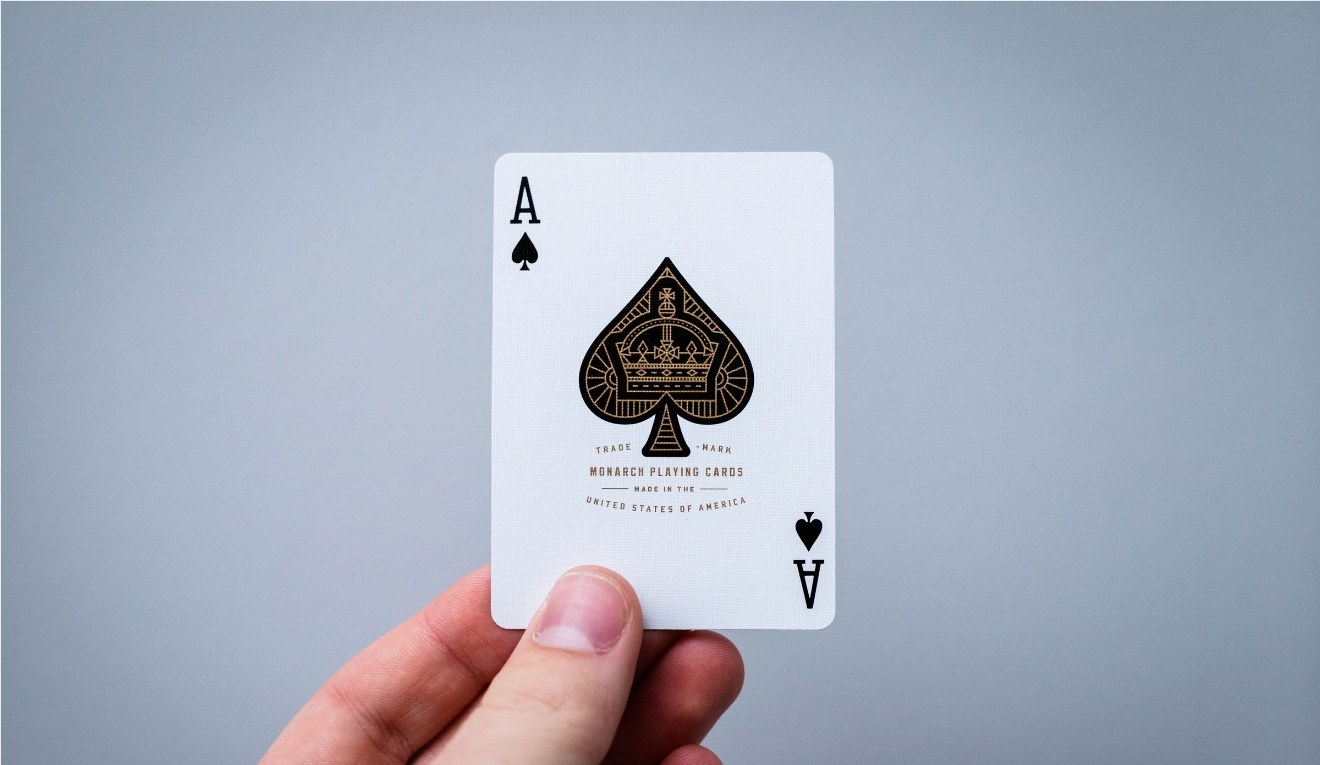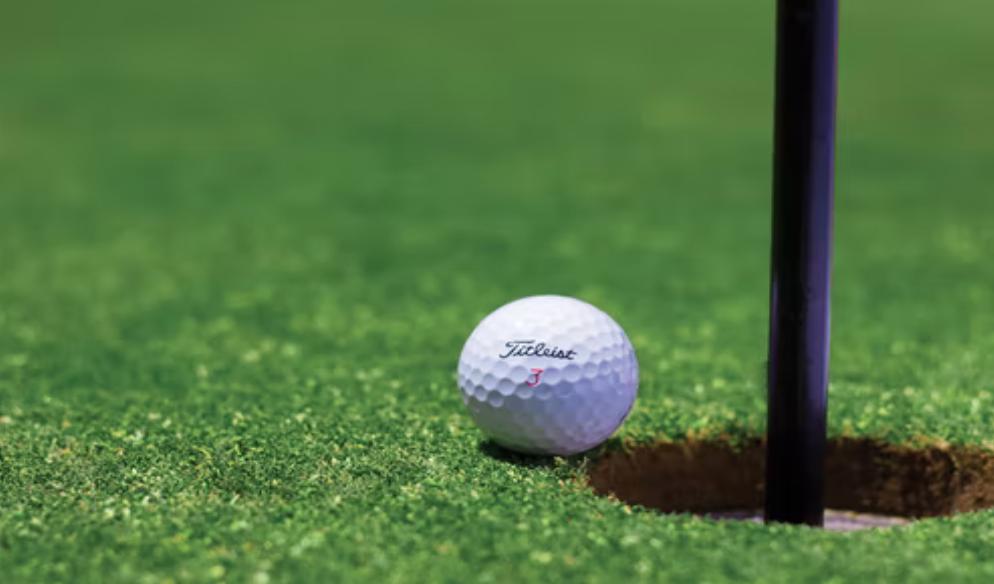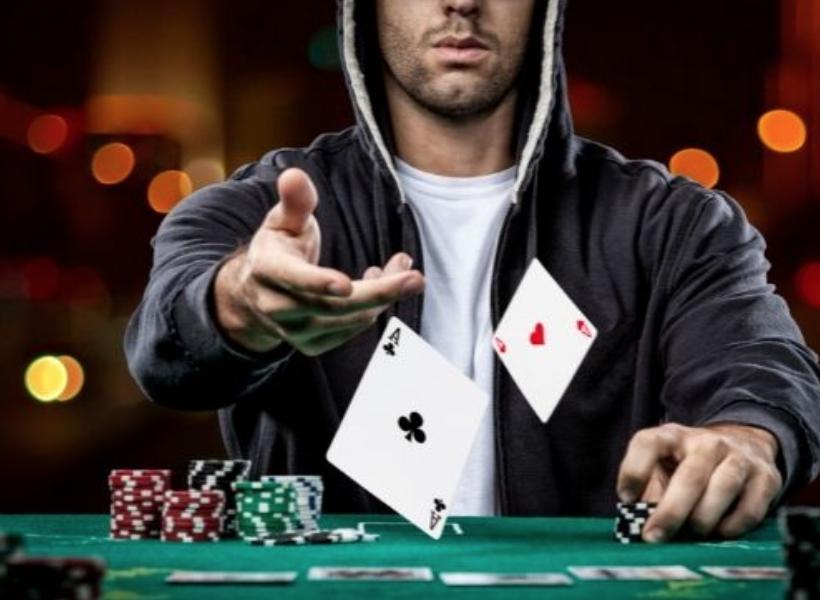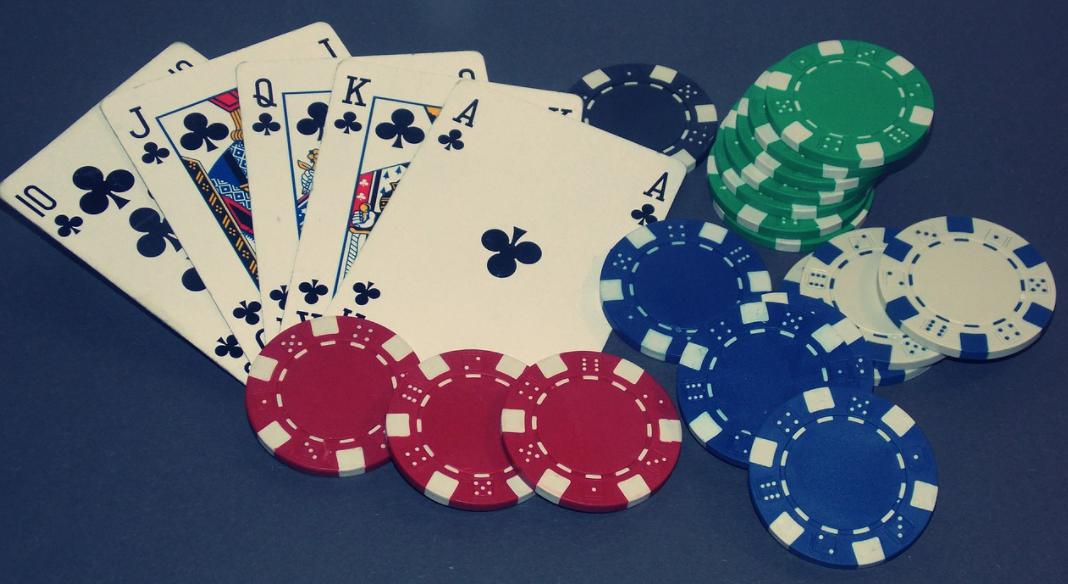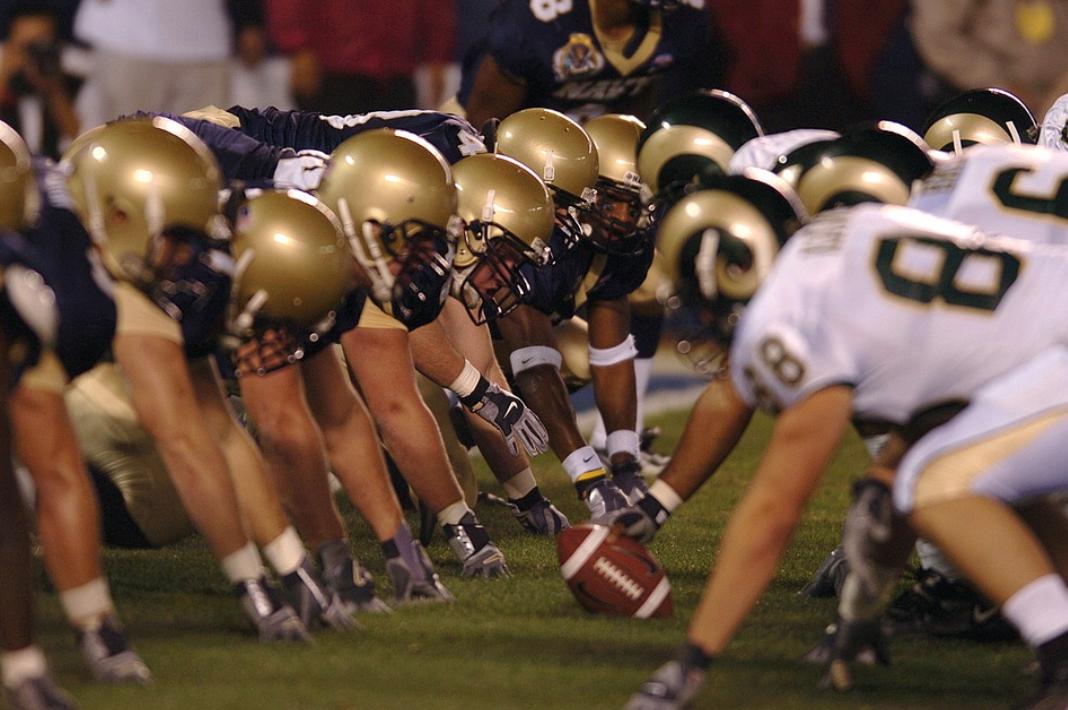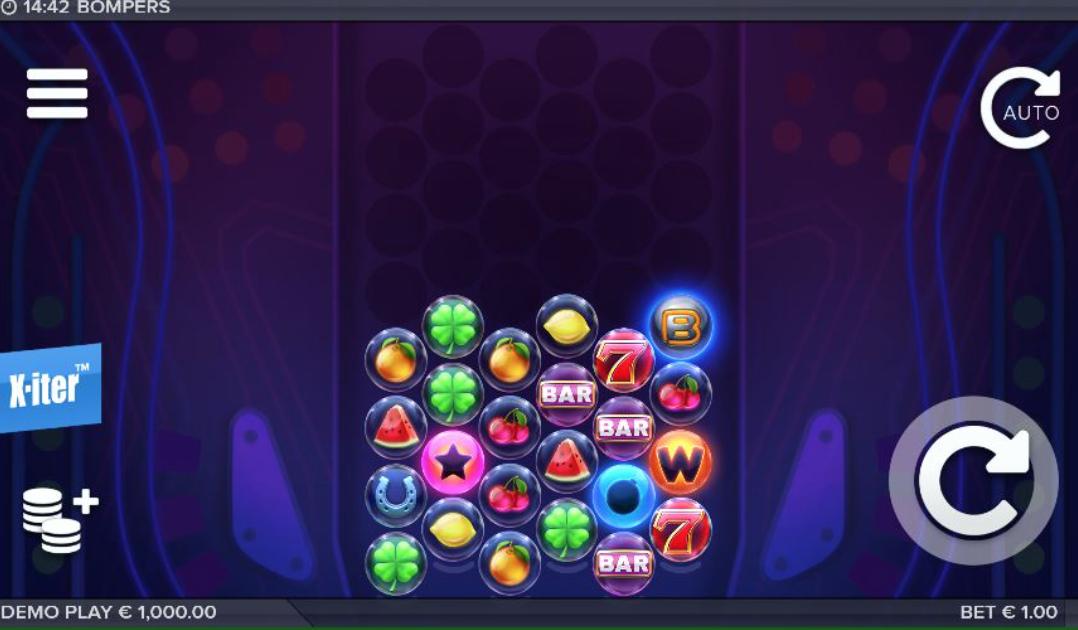Blackjack has been the most popular table game in American casinos since the 1960s, when it surpassed craps.
There's good reason for the its popularity. Players who know how to look for the best games and who know when to hit, stand, split pairs and double down get a shot to win that ranks among the best available.
It's rare that online players can get a mathematical edge on blackjack, as card-counting experts can do in live casinos. That's because in most online games, cards are electronically shuffled after every hand, taking away the imbalance in deck composition that favor players.
Card counting becomes a factor online only if the casino streams a feed of a live dealer, who reshuffles only after a proportion of cards are dealt. American casinos don't offer such games at this point, and the games aren't common even in online casinos overseas.
Instead, images of cards appear on your screen, with values driven by a random number generator. The RNG does nothing but generate numbers. Those numbers are then mapped onto specific cards. An instant shuffle is possible for every hand, so most often, you're playing with a freshly shuffled deck.
Nonetheless, players b master basic strategy can reduce the house edge to half a percent or so, and sometimes even a tenth of a percent or less in game with favorable rules.
BASIC RULES
There are basic rules of blackjack used in all casinos, along with optional rules that may vary from casino to casino.
Let's look at the basics first.
Cards are dealt from 52-card decks, though packs of multiple decks are common. Online casinos sometimes shuffle together one, two, four, six or eight decks. Some tell you onscreen how many decks are in play. Others do not, but with extended play you can deduce if more than one deck is being used. If you see a hand where two 3s of diamonds are dealt, you know it's not a single-deck game. Single decks have only one card of each denomination per suit.
Cards are counted at face value for 2s through 10, as 10 for Jack, Queen and King, and as either 1 or 11 for Aces. So if you have 3-5-Queen, your total is 18. If you have Ace-5, you have a "soft" 16. The "soft" designates a hand where Ace is counted as 11, and the hand can't exceed the game limit of 21 with a one-card draw. If you were to draw a Queen on top of Ace-5, you wouldn't have 26. You'd count the Ace as 1 instead of 11 and you'd still have 16.
Online players receive two cards face up. (Note: In one- or two-deck games in live casinos, player cards are sometimes dealt face down). The dealer gets one card face up and one card face down.
After seeing their cards plus the dealer's up card, players have four basic options:
- Hit, and you're dealt another card. You make hit multiple times as long as your total doesn't exceed 21.
- Stand, and take no more cards.
- Double down, and make a second bet equal to your first. You then receive a one-card hit and can take no more cards.
- Split pairs. If you have two cards of the same value, you may make a second bet equal to your first. Each card then becomes the start of a separate hand.
If your total exceeds 21, you bust and lose. If you have 21 or less and have a higher total than the dealer, you win and are paid even money, Exception: If you have a two-card 21, or blackjack, you're paid at 3-2 odds at most tables, though some pay only 6-5.
If you and the dealer have the same total, you tie, or push, and get your money back. There's an exception here, too. A dealer blackjack stops the hand and all player bets lose except player blackjacks. They push.
That brings us to one more option that's common to most blackjack tables.
Insurance
If the dealer has an Ace face up, you may then make a bet half the size of your original. If the dealer has a 10, Jack, Queen or Ace face down to complete a two-card 21, you are paid 2-1 on your insurance bet. The effect is that you win the same amount on insurance as you lose on the main hand.
If you have a blackjack and take insurance, you win an amount equal to your original bet no matter what the dealer has face down. That's called "taking even money."
OPTIONAL RULES
Some rules favor players and decrease the house edge. Some favor the casino and increase the house edge. Casinos mix and match these rules to arrive. It's up to players to weigh which available set of rules is best for them.
Here are some frequent options:
- Blackjack pays 3-2 vs. blackjack pays 6-5: At most tables, if you bet $10 and are dealt a blackjack -- an Ace and a 10-value card -- you're paid $15 for 3-2 odds. Beware of tables that pay 6-5 odds, meaning a $10 bet pays only $12. That adds 1.4 percent to the house edge -- more than the entire house edge based on other rules at most games.
- Number of decks: Online, games that use 1, 2, 4, 6 or 8 decks are common. Fewer decks favor the player because blackjacks are more frequent and you're more likely to get a 10-value card when you double down.
That's because each card removed has a greater impact with fewer decks. If you start a hand with an Ace, then in a single-deck game 16 of the other 51 cards, or 31.4 percent, are 10-value cards that would complete a blackjack. In a six-deck game, 96 of the remaining 311 cards, or 30.9 percent, are 10 value cards.
Because of that effect and similar math when you start with a 10 value, blackjacks are more frequent with fewer decks. You collect a 3-2 payoff on blackjacks in most games, while the house collects only even money on dealer blackjacks, so more frequent blackjacks favor players.
If all other rules are equal, a single-deck game has a house edge about half a percent lower than a six-deck game.
Dealer hits or stands on soft 17:
Imagine the dealer has Ace-6, Ace-2-4, Ace-2-3, Ace-Ace-5 or any other combination that totals 17 with an Ace counted as 11.
Some tables have the dealer stand on all 17s, including the softies. Others require the dealer to hit soft 17.
It's better for players if the dealer stands on soft 17. That's because 17 is not a winning hand if the player makes 17 or better. Unless the player busts or stops short of 17, the best a dealer 17 can do is push a player 17.
Hitting soft 17 increases the house edge by about two-tenths of a percent.
Player may double down on any first two cards vs. player may double down only on specific hands
It's best for players to have more options as long as the players take their time to learn basic strategy and know how to use the options.
Most often, you'll be given the chance to double down after your first two cards, no matter what they are. If the casino permits double downs only on hard totals of 9, 10 or 11, that increases the house edge by about a tenth of a percent. If it restricts doubles to hard 10 or 11 -- eliminating the 9 as well as all soft totals -- it increases the house edge by two-tenths of a percent.
While we're on double downs, some casinos allow you to double down after splitting pairs; others do not. You want the option to double after splits.
For example, if you make a second bet to split a pair of 8s and start each of two hands with an 8, then draw a 3 to one 8 for a total of 11, you want the chance to double down. If the casino doesn't permit that play, the house edge increases by .14 percent.
Players may split pairs, once, twice or three times
If you split a pair of 8s and then draw a third 8, creating another 8-8 hand, your best play is to split again. If the casino doesn't allow resplits, it increases the house edge.
Ideally, you'll be allowed to split up to three times to make a total of four hands. If you can split only twice, it adds one-hundredth of a percent to the edge. If you can split only once, it adds a tenth of a percent, and if splits aren't allowed at all it adds six-tenths of a percent -- a huge difference in a game where the entire house edge is measured in tenths of a percent.
Splitting Aces:
Commonly, players may split Aces only once and get one more card atop each Ace. That's normal and nothing to fret about. But should you find a casino that allows you to resplit Aces, it decreases the house edge by eight-hundredths of a percent.
Surrender
This is a fairly rare option, but when available, it helps players cut the house edge.
After your first two cards, you have the option of surrendering half your bet instead of playing out the hand and risk losing it all. In a version called "early surrender," you can surrender before the dealer checks under an Ace or 10 value to see if he has blackjack. That's extremely rare. Usually, if you see surrender it's the "late surrender" variety in which the dealer checks for blackjack first. You may not surrender if the dealer has blackjack.
Early surrender reduces the house edge by six-tenths of a percent and late surrender reduces it by seven-hundredths of a percent.
There are other optional rules such as player wins on all blackjacks, five cards under 21 win against all dealer totals, 7-7-7 pays a bonus and more. But these are extraordinarily rare in mainstream blackjack. They're usually reserved for blackjack-based games such as Spanish 21 and Super Fun 21, which have their own basic strategies.
COMBINING RULES
With the exception of 6-5 pays on blackjacks -- a rule players should avoid -- no one rule has a large enough effect to make a game good or bad all by itself.
Combinations of rules must be evaluated.
As an example, let's take a single-deck game in which the dealer hits soft 17, players may double down on any first two cards, may double down after splitting pairs and may split pairs up to three times. The house edge against a basic strategy player is tiny, about .046 percent in a continuously shuffled game.
If you apply the same rules to a continuously shuffled six-deck game, the house edge rises to .62 percent. Fewer decks make all the difference with equal rules.
But what if rules are not equal? Imagine a casino offers a single-deck game in which the dealer hits soft 17, you can double down only on hard 10 or 11, may not double after splits, and may split pairs only once. With a continuous shuffle, as in most online games, the house edge against a basic strategy player is .48 percent.
Now you have a choice of playing a six-deck game in which the dealer stands on all 17s, you may double on any first two cards, including after splits, and may split pairs up to three times. The house edge on that game is .41 percent.
In that example, the six-deck game is better for players than the single-deck game. It's the entire set of rules, rather than any one specific rule, that makes the difference.
BASIC STRATEGY FOR HARD TOTALS
For every video poker hand, there is a play that gives you the best average results. You won't always win making these plays, but you'll win more often than if you don't make them.
In total, these plays are called "basic strategy." Basic strategy was invented by four analysts who were serving in the U.S. Army in 1953 at the Aberdeen Proving Ground in Maryland. Known by blackjack players as "the Four Horsemen," Roger Baldwin, William Cantey, Herbert Maisel and James McDermott didn't have access to computers. Their own brainpower was augmented only by desk calculators.
Basic strategy can be broken into three sections: strategy for hard totals, strategy for soft totals and strategy for pairs. It tells you whether to hit, stand, double down, split, or, if available, surrender. Listed strategies apply regardless of how many cards are in your hand; it's best to make the same play with 14 regardless of whether it consists of 9-5 or 3-4-7. The exception is that you can double down only on the first two cards, so basic strategy also tells you whether to hit or stand with three or more cards.
Basic strategy differs slightly depending on the number of decks in use and whether the dealer hits or stands on soft 17. The strategy listed here is for a six-deck game in which the dealer hits soft 17. Differences for when the dealer stands on all 17s are noted, as are strategy differences for single-deck games. Strategy is for surrender is not included. It will be covered separately below.
- Player 17 or higher: Stand regardless of the dealer's face up card.
- Player 16, 15, 14 or 13: Stand if the dealer shows a 2 through 6; hit if the dealer shows a 7 or higher.
- Player has hard 12: Stand if the dealer has 4, 5 or 6, but hit if the dealer has 2, 3, or 7 or higher.
- Player has hard 11: Double down against any dealer card. There's an exception in six-deck games in which the dealer stands on soft 17 . In that case, double 2s through 10 values, but just hit against an Ace.
- Player has hard 10: Double down if the dealer has a 9 or lower. Just hit if the dealer shows a 10 or Ace.
- Player has hard 9: In Double down if the dealer has 3. 4, 5 or 6, but hit against anything else.
In single-deck games, double down against all dealer cards of 6 or lower, including 2s.
- Player has hard 8 or lower: Hit against any dealer card in six-deck games.
In single-deck games, there are two exceptions: Double down if the dealer's up card is 5 or 6.
BASIC STRATEGY FOR SOFT TOTALS
In a soft hand, where Aces are counted as 11, you can't bust in a one-hit. That makes a big difference in strategy. You'd never hit hard 12 against a dealer's 6, but you do hit soft 13, knowing that a 10 won't bust you at 22, it would just turn the hand into hard 13. So you take a chance at improving the hand.
That leads to these strategy plays:
- Player has soft 20 or 21. Stand against all dealer up cards. If your soft 21 is in two cards -- an Ace and a 10-value -- that's a blackjack and a 3-2 payoff in most games.
- Player has soft 19: Stand against all dealer up cards except 6. In that case, double down with Ace-8, but stand with three cards or more. However, if the dealer stands on soft 17, stand even against a 6.
Single-deck change: Double with Ace-8 vs. 6 regardless of whether the dealer hits soft 17.
- Player has soft 18: Double down with Ace-7 against a dealer's 2 through 6. Stand against 7 or 8 or with three or more cards against 2 through 6. Hit if the dealer shows a 9, 10 value or Ace.
If the dealer stands on soft 17, do not double Ace-7 against 2. Stand instead.
- Player has soft 17: Hit if you have three cards or more. With Ace-6, double down against 3 through 6; hit against all others.
Single-deck change: Also double against a dealer's 2.
- Player has soft 15 or 16: Hit if you have three or more cards. With Ace-4 or Ace-5. double down against 4, 5 or 6. Hit against all others.
- Player has soft 13 or 14: Hit if you have three or more cards. With Ace-2 or Ace-3, double down against 5 or 6. Hit against all others.
Single-deck change: Double down against 4 as well as 5 and 6.
- Player has soft 12: That's a pair of Aces. Refer to the splitting strategy.
BASIC STRATEGY FOR SPLITTING PAIRS
Most strategy differences for splitting pairs are driven by whether you're permitted to double down after splits. Let's take a look.
- Player has Ace-Ace or 8-8: Always split.
- Player has 10 value-10 value or 5-5: Never split. Follow the hard totals strategy instead and stand on 10-10 and double down on 5-5 against 9 or lower while hitting against 10 or Ace.
- Player has 9-9: Stand if the dealer has 7, 10 or Ace. Split against all other cards.
- Player has 7-7: Split against 7 or lower. Hit against 8 or higher.
- Player has 6-6: Hit against 2 or 7 or higher. Split against 3 through 6.
- Player has 4-4: If allowed to double down after splitting, split against 5 or 6; hit against all others. If doubling after splits is not allowed, hit against all dealer cards.
Single deck changes: Double down on 4-4 against a dealer's 5 or 6. Also, split 4-4 against 4 if allowed to double after splits. Otherwise, hit.
- Player has 2-2 or 3-3: If allowed to double after splits, split against 2 through 7; hit against 8 or higher. If you can't double after splits, split only against 4 through 7; hit against 2, 3 and 7 or higher.
Single-deck exceptions: Do not split 2-2 vs. 3 even if double after splits is permitted. Just hit.
Also, in single-deck games double 3-3 against 8 of double after splits is allowed.
STRATEGY FOR SURRENDER
You'll not often find the option to surrender half your bet instead of playing out the hand and risking losing the full bet. If you do, here's the strategy that helps cut the house edge:
- Six-deck game, dealer hits soft 17: Surrender hard 15 against a dealer's 10 or Ace; surrender hard 16, including 8-8, against 9, 10 or Ace; surrender hard 17 against an Ace.
- Six-deck game, dealer stands on all 17s: Surrender hard 15 against a 10 and hard 16 -- but not 8-8 -- against a 9, 10 or Ace.
- One-deck game, dealer hits soft 17: Surrender hard 15 against an Ace, hard 16 against a 10 or Ace; hard 17 against an Ace; and 7-7 against a 10 or Ace.
- One-deck game, dealer stands on all 17s: Surrender hard 16 against 10 or Ace and 7-7 against a 10.
A FINAL WORD
Learning to recognize tables with good rules, choosing favorable games and mastering basic strategy are important steps toward cutting the house edge to the bone.
You can trim the house edge into the tenths of a percent, depending on the quality of game and your own skill. The shuffle-after-every hand nature of online blackjack means skills to get an edge, such as counting cards, can rarely be used, but you can improve your shot to win by mastering the basics.
Good luck!
Guides Similar to this Topic



